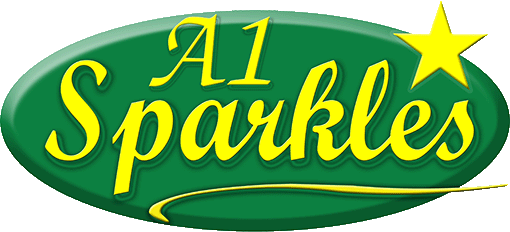Mold Fact Sheet – Referenced directly from the EPA and CDC
There is always some mold everywhere – in the air and on many surfaces. Molds have been on the Earth for millions of years. Mold grows where there is moisture.
Mold and Your Health
Exposure to damp and moldy environments may cause a variety of health effects, or none at all. Some people are sensitive to molds. For these people, molds can cause nasal stuffiness, throat irritation, coughing or wheezing, eye irritation, or, in some cases, skin irritation. People with mold allergies may have more severe reactions. Immune-compromised people and people with chronic lung illnesses, such as obstructive lung disease, may get serious infections in their lungs when they are exposed to mold. These people should stay away from areas that are likely to have mold, such as compost piles, cut grass, and wooded areas.
A link between other adverse health effects, such as acute idiopathic pulmonary hemorrhage among infants, memory loss, or lethargy, and molds, including the moldStachybotrys chartarum (Stachybotrys atra), has not been proven. Further studies are needed to find out what causes acute idiopathic hemorrhage and other adverse health effects.
Mold and Your Home
Mold is found both indoors and outdoors. Mold can enter your home through open doorways, windows, vents, and heating and air conditioning systems. Mold in the air outside can also attach itself to clothing, shoes, bags, and pets and can be carried indoors.
Mold will grow in places with a lot of moisture, such as around leaks in roofs, windows, or pipes, or where there has been flooding. Mold grows well on paper products, cardboard, ceiling tiles, and wood products. Mold can also grow in dust, paints, wallpaper, insulation, drywall, carpet, fabric, and upholstery.
You Can Control Mold
Inside your home you can control mold growth by:
Keeping humidity levels between 40% and 60%;
Promptly fixing leaky roofs, windows, and pipes;
Thoroughly cleaning and drying after flooding;
Ventilating shower, laundry, and cooking areas.
If mold is growing in your home, you need to clean up the mold and fix the moisture problem. Mold growth can be removed from hard surfaces with commercial products, soap and water, or a bleach solution of no more than 1 cup of bleach in 1 gallon of water.
Mold growth, which often looks like spots, can be many different colors, and can smell musty. If you can see or smell mold, a health risk may be present. You do not need to know the type of mold growing in your home, and CDC does not recommend or perform routine sampling for molds. No matter what type of mold is present, you should remove it. Since the effect of mold on people can vary greatly, either because of the amount or type of mold, you can not rely on sampling and culturing to know your health risk. The best practice is to remove the mold and work to prevent future growth.
If you choose to use bleach to clean up mold:
Never mix bleach with ammonia or other household cleaners. Mixing bleach with ammonia or other cleaning products will produce dangerous, toxic fumes.
Open windows and doors to provide fresh air.
Wear non-porous gloves and protective eye wear.
If the area to be cleaned is more than 10 square feet, consult the U.S. Environmental Protection Agency (EPA) guide titled Mold Remediation in Schools and Commercial Buildings. Although focused on schools and commercial buildings, this document also applies to other building types. You can get it free by calling the EPA Indoor Air Quality Information Clearinghouse at (800) 438-4318, or by going to the EPA web site at http://www.epa.gov/mold/mold_remediation.html.
Always follow the manufacturer’s instructions when using bleach or any other cleaning product.
MOLD PREVENTION TIPS
Keep the humidity level in your home between 40% and 60%. Use an air conditioner or a dehumidifier during humid months and in damp spaces, like basements.
Be sure your home has enough ventilation. Use exhaust fans which vent outside your home in the kitchen and bathroom. Make sure your clothes dryer vents outside your home.
Fix any leaks in your home’s roof, walls, or plumbing so mold does not have moisture to grow.
Clean up and dry out your home thoroughly and quickly (within 24–48 hours) after flooding.
Add mold inhibitors to paints before painting.
Clean bathrooms with mold-killing products.
Remove or replace carpets and upholstery that have been soaked and cannot be dried promptly. Consider not using carpet in rooms or areas like bathrooms or basements that may have a lot of moisture.
To learn more about preventing mold in your home, see the Environmental Protection Agency’s publication A Brief Guide to Mold, Moisture, and Your Home athttp://www.epa.gov/iaq/molds/moldguide.html
